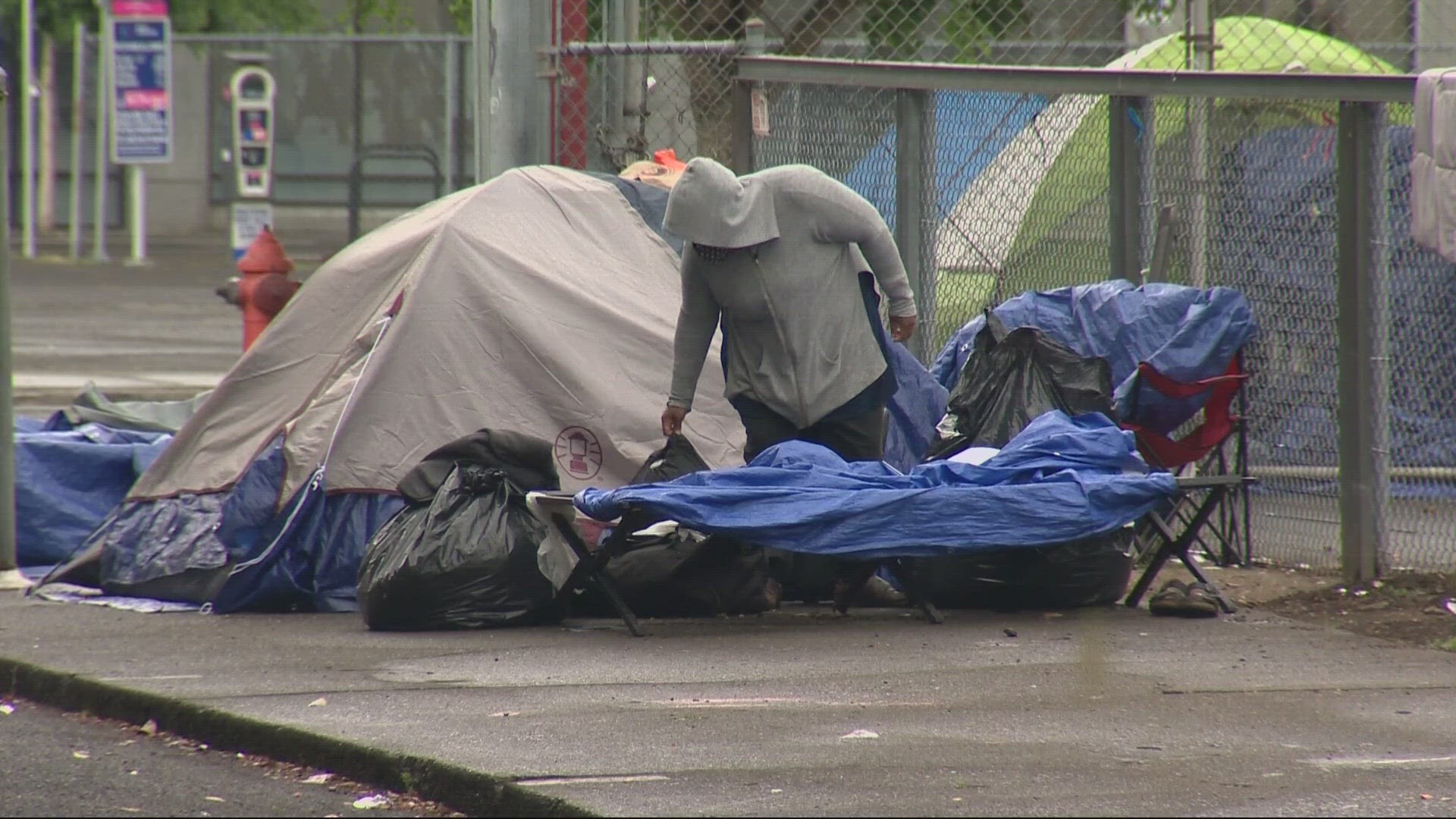PORTLAND, Ore. — According to a recent Portland State University report, Oregon has the second-highest rate of unsheltered homelessness nationwide.
Portland State University's Homelessness Research and Action Collaborative said that the number of people living on the streets in Oregon increased by 8.5% from 2022 to 2023, but according to the report, the state only has enough shelter beds for 42% of unhoused people.
Clatsop and Sherman Counties had the highest rates of both overall homelessness and unsheltered homelessness per 1,000 residents, the report said, with Multnomah County having the highest total number of people experiencing homelessness. Multnomah County also experienced a record high of homeless deaths in 2022, according to a recent annual survey.
There were also an estimated 21,478 students who experienced homelessness in the 2022-2023 school year, the largest number in Washington and Multnomah counties, the report stated, "close to the highest recorded rate for the past 16 years."
"The data is distressing," said Scott Kerman. "It’s horrible in lots of ways, but based on the year we and other nonprofits have experienced serving this community last year, it's not surprising at all.”
Scott Kerman runs Blanchet House in Old Town, a place where people in need can find both food and shelter.
“For instance, in Multnomah County, the report indicates a 29% increase in the number of unsheltered people. Well, at Blanchet House last year, we had a 28% increase in the number of meals that we served," he said.
“We know we have a significant behavioral health crisis in our community. We know we have a significant substance use disorder crisis, especially in regard to methamphetamine and fentanyl. We know that we have a dramatic housing shortage,” Kerman continued.
The report stated that Black, Indigenous and other people of color experience much higher rates of homelessness than their white neighbors, as well as LGBTQIA people. Rural and semi-rural counties across Oregon also face a higher number of unsheltered homelessness.
“Communities that have been prevented by many factors in our society from lifting themselves out of poverty; that seems to be an endless cycle,” said Kerman.

